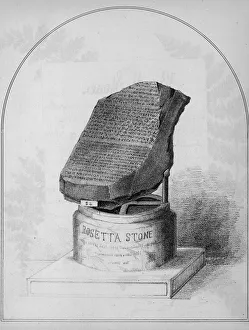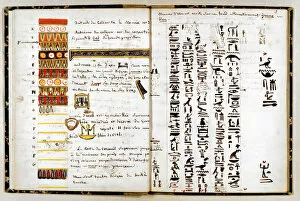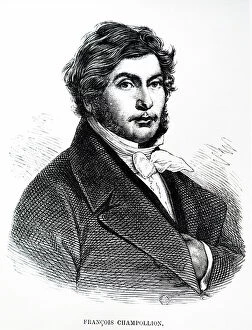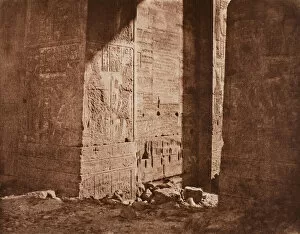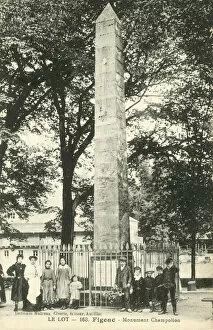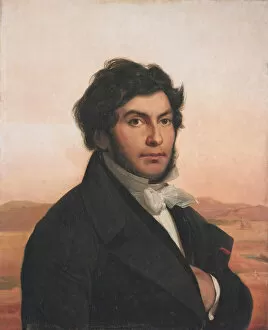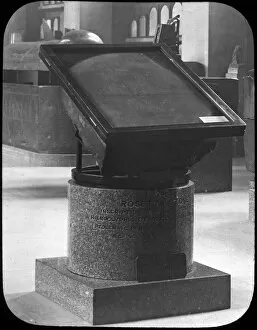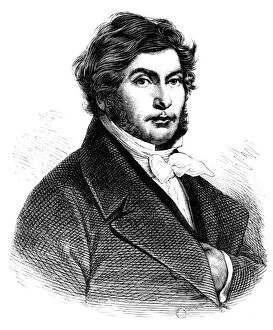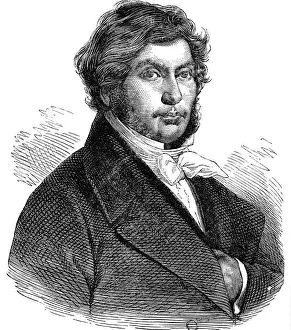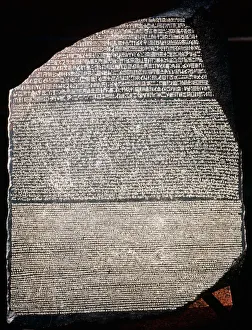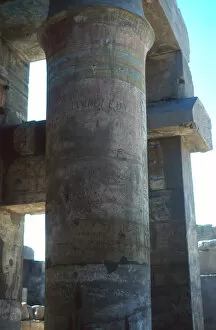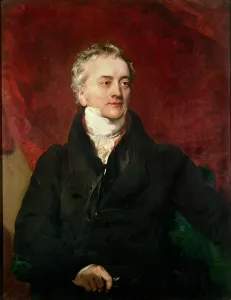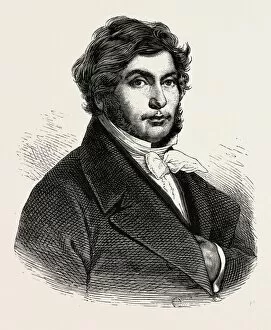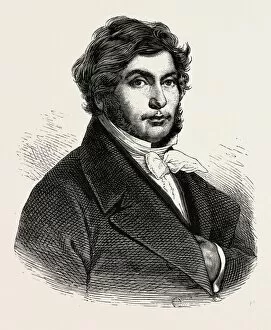Jean Francois Champollion Collection
Jean-Francois Champollion, a renowned French historian, linguist, and Egyptologist of the 19th century
For sale as Licensed Images
Choose your image, Select your licence and Download the media
Jean-Francois Champollion, a renowned French historian, linguist, and Egyptologist of the 19th century, made an indelible mark on our understanding of ancient civilizations. His groundbreaking work with the Rosetta Stone revolutionized the study of hieroglyphs. In his notebook dating back to c1806-1832, we find traces of Champollion's meticulous research, and is within these pages that he deciphered the enigmatic symbols etched onto the Rosetta Stone. This monumental discovery unlocked the secrets of Egyptian hieroglyphs and shed light on their rich history. Champollion's passion for unraveling ancient mysteries led him to embark on expeditions to Egypt. One such expedition was the Franco-Tuscan archaeological mission depicted in an oil painting. The canvas captures his dedication as he meticulously examines artifacts at excavation sites. Back home in Le Lot, Figeac stands a monument dedicated to Champollion—a testament to his immense contributions. A black and white photograph showcases this tribute against a backdrop that echoes his legacy. A portrait from 1831 immortalizes Jean-Francois Champollion himself—an intellectual genius whose brilliance knew no bounds. His unwavering determination paved the way for future generations of scholars and historians alike. The British Museum houses one of Champollion's greatest triumphs—the Rosetta Stone itself—captured in a photograph from c1890 by Newton & Co. This iconic artifact remains a symbol of linguistic breakthroughs and historical significance. Gaston Maspero skillfully portrays Jean-Francois Champollion in an artwork from 1881—a fitting homage to this extraordinary scholar who forever changed our understanding of ancient civilizations. The Pillar at the Temple of Karnak in Luxor, Egypt serves as a reminder not only of Egypt's grandeur but also as evidence that even centuries later, we are still captivated by the wonders that Champollion unveiled.

